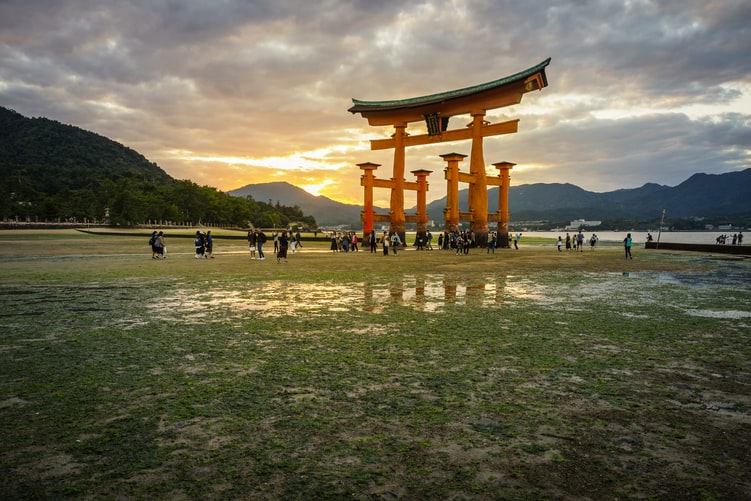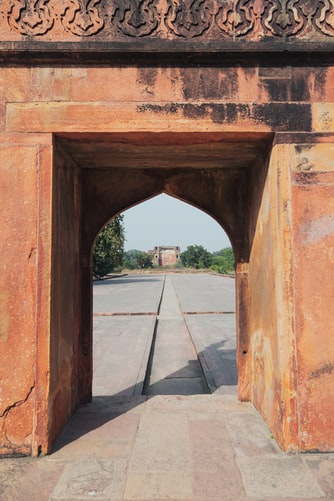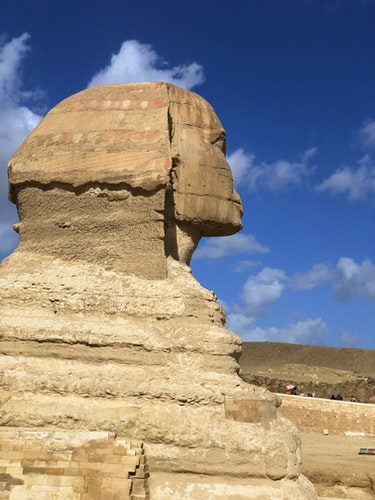The World Heritage sites are places of world significance and are listed by the UNESCO as such. There are basically three categories of such sites: natural, historical, and urban. Natural world heritage sites include a number of beautiful and unique locations that are World Heritage in their own right. They include the Taj Mahal in India, the World Heritage forests of Borneo, the Great Wall in China, and the submerged City of Atlantis. Historic world heritage sites are those which have been listed by UNESCO as such and include such locations as the Pyramids of Giza, the Catacombs of Kom ash, and the Hanging Gardens of Babylon. When you are visiting these sites, you may even get the chance to sample Arabic cuisine and music

Recognising World Heritage Sites
Urban world heritage sites are the counterpart to the cultural heritage sites in that they are places of world importance as well. In the past, most of these were towns or cities with significant historical, cultural or other value. Nowadays, however, many of the urban world heritage sites have disappeared as a result of urbanization. The urbanized world has brought with it a lack of heritage in many areas, especially in terms of architecture and other forms of artistic expression. As such, some of these sites have been forgotten or given the status of being ‘developed’. The most famous of such sites are those in Istanbul, Turkey, including the Hagia Sofia and the Hristos Church.
Archaeological world heritage sites are places where the history of human culture is intricately intertwined with the history of the place where they are located. They represent the outstanding universal architectural and artistic expressions of human history and are thus very important to conservation work. Some of the most important archaeological sites are the Olduvai Gorge in Kenya, Stonehenge in England, the Indus Valley civilization, the Mehrangarh Fort near Jodhpur in India, the Khajuraho temples in Rajasthan, the Amarnath caves, the Ajanta caves, etc. The most important of these monuments, the Hanging Gardens of Indus Valley, is perhaps one of the most important Hindu architectural creations in the world.

Theological World Heritage Sites on the other hand, represents the finest examples of human religious history. The World Heritage sites in Egypt, which includes the Pyramids and the Egyptian Museum, are some of the oldest known structures in the world. In addition to this, the cathedrals and Churches of Catholic Church worldwide, are some of the most outstanding universal values in the world. The four sites in which this occurs include the Basilica di San Cassiano, the Piazza del Popolo, the Pignano Hill and the Tivoli Gardens.
Key Sites Of Cultural Significance
Cultural World Heritage Sites, such as the World Heritage List in Europe, represents the most diverse types of human history and the visual culture that has ever existed. These include such sites as the Khajuraho Monastery in India, the Taj Mahal in Agra, the Chauvignor Gardens in Varanasi, the Ayurvedic Temple at Trivandrum, the Mughal Gardens in Mumbai, the Kenyan Beaches and the Ha Long Bay in Hanoi. All these sites represent an important part of the history of mankind and a glimpse of its past cultures
It is due to this diversity that the World Heritage List was created and is comprised of all those world heritage sites which have contributed to the vital human culture of humanity. However, these lists are also largely politically motivated and most of the time, politically motivated, because less than ideal world heritage sites are favoured over more significant ones. Such a situation frequently results in an undervaluing of such sites, which leads to their further neglect.
Taking Into Account The Importance Of World Heritage
Therefore, it is important to take into account not only the magnitude of a site, but the overall contribution of that site to human culture and art when deciding to place it on a particular List. There are many reasons for placing certain monuments or buildings on a List. Many times, it may be due to the need to guard them from encroaching civilizations or political entities. On the other hand, sometimes, it may be necessary to recognize their significance as a vital link in the history of humanity and protect them from being lost in time.


Brian is a food writer passionate about exploring traditional and contemporary culinary experiences. He focuses on uncovering the stories behind dishes, sharing authentic recipes, and highlighting the cultural significance of regional cuisine.
